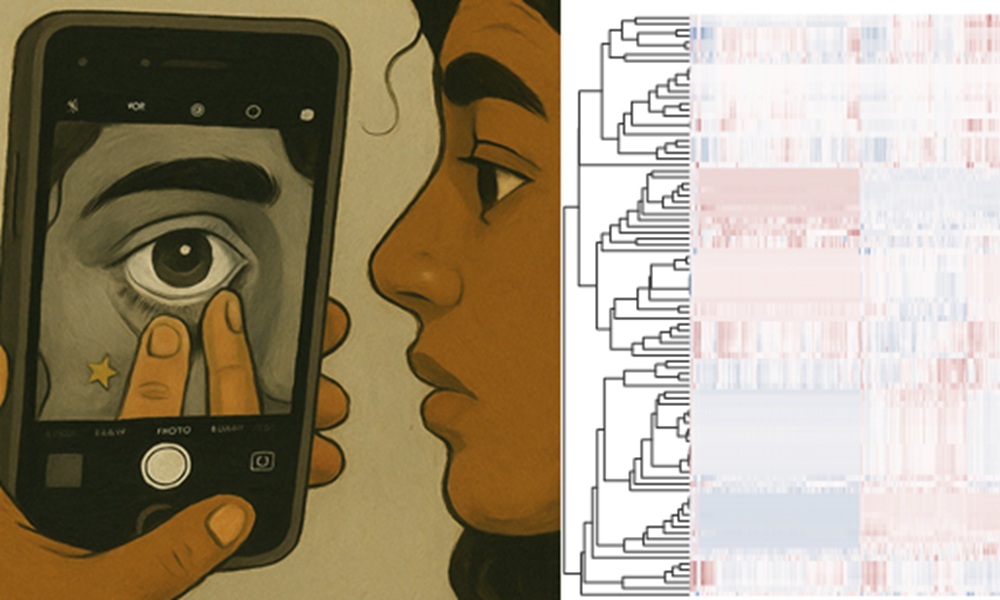SPIE Highlights Dr. Young Kim’s Smartphone-Based Approach to Detect Anemia in Children
In a recent SPIE news article, Dr. Kim and his research collaborators at Purdue University and Moi University (Kenya) are recognized for developing a smartphone-based imaging tool that captures photos of the inner eyelid to screen for anemia in children. The technique leverages advanced image processing and machine learning to estimate hemoglobin levels—offering a needle-free, accessible and scalable diagnostic alternative for use in low-resource settings.
This work addresses a critical global health challenge: childhood anemia affects over 40% of children under five worldwide, often going undiagnosed due to limited access to reliable testing.
As noted by SPIE, the method’s portability and simplicity could transform community-level screening, particularly in areas with limited infrastructure. The study demonstrates how smartphone optics can empower health workers and caregivers to assess anemia risk quickly and affordably—without drawing blood.
Read the full SPIE article: Smartphone eye photos may help detect anemia in children

Image credit: Radiomic features extracted through machine learning from black-and-white smartphone photos enable noninvasive anemia detection in school-age children. This mobile health approach can potentially be valuable in remote or resource-limited settings. The original demonstration photos performed by the authors are further rendered using ChatGPT. Credit: Y.L. Kim, S.G. Hong, and Haripriya Sakthivel

